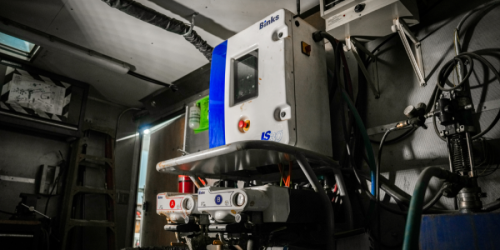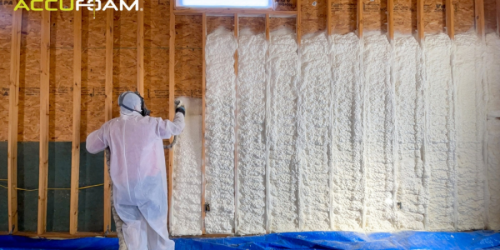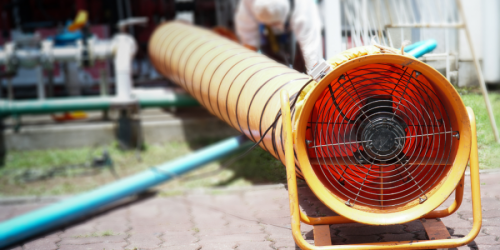Q&A Forums
Adding it all up. Post New Topic | Post Reply
| Author | Comments |
|---|---|
|
Dave Strnad
Posted: Sep 06, 2007 07:16 PM
|
Adding it all up.
Ok I am a value seller and used to try to figure payback time on using SPF, etc. I am trying to educate myself on heat loss and being able to figure an accurate payback time. I have recently given up on it untill later this winter when I have time to figure it out better, because I can not come up with any reasonable numbers (15-20 years is what I 'm getting not the 3-5 like manufacturer says). At this point I have the following questions.1) When manufactures say that it saves 30-50% on energy bills. Is that because of the air seal, and is that for equal installed r-values of different insulations? 2) Does anyone have an example that they would share? 3) What resources do you recomend? My brother in law does load calculations for hvac. I have talked to him about it, and he is giving me some software to calculate btu load, but he says there is not that substaintial difference between foam or fiberglass as far as his program is concerned. Anyway any help would be greatly appreciated, I am trying to educate myself as to where these numbers come from and how to calculate them, instead of just repeating some B.S. |
|
mason
Posted: Sep 06, 2007 08:29 PM
|
Yes, in order to see the results that you are likely to obtain by using sprayfoam, reduce the air exchanges from .55 per hour to around .20 per hour. Then you will see a huge difference in BTU usage. If his program doesn't allow to go below .35 ach, check out RESNET's new calculator. I also would not guarantee such high energy savings. I save around 20-25% after I foamed my house. The leakier the home the greater the savings. You will only get the 30 to 50% savings if there is a lot of air leakage in the home. Most homes are built much tighter than 20 years ago. |
|
Dave Strnad
Posted: Sep 06, 2007 08:52 PM
|
Thanks for the quick response. I will check out RESNET. What about the studies done on labeled VS Tested R-values of fiberglass VS. SPF. To be totally accurate should a person use tested r-values of each type of insulation or are these tested values already based on air infiltration. For example if i were comparing 14" of fiberglass vs 4" of SPF should I use the labled R-values of R-38 and R-27 or should I use the tested values of R-17.7 and R-22.8 If I should use the tested values, where can I find a more detailed chart for fiberglass, cellulose, spf at different thicknesses? Obviously every case is different, but based on your experince would you say that the payback time is usually more than 3-5 years? Should I focus less on this and more on the other areas, such as comfort, resale, strucural benifits, etc. Thank You |
|
mason
Posted: Sep 09, 2007 10:05 AM
|
Dave, FTC requires all insulation to be labeled according to specific test procedures and sample conditioning. So, for a data sheet, the sprayfoam must be labeled according to those tests as printed in FTC's R value rule. Building codes allow a performance based alternative to the prescriptive requirements. RESNET's calculator takes air infiltration rates into consideration but not the newer performance testing (such as the ATI wall performance test that includes air infiltration). For this type of calculation, I've found it better to be conservative and use the calculators, then no one can complain that you are cooking the books in favor of sprayfoam over other insulation. But, I would also crunch the numbers based on the performance data available. In a report, you can list a range based on the prescriptive method to the performance method and explain how the results were obtained. Some folks will accept only the conservative approach (such as government agencies, Energy Star, etc) others may accept the performance based results. Good luck. Let me know if you need any help. You can contact me at masonknowles@aol.com As far as payback for the project, depends on how much the application cost. My sprayfoam job cost $5000. We average about $50 savings per month from our energy bills 5 years ago. But, energy costs have gone up so you would have to figure the difference in the cost of energy from then to today. This is why it is hard to determine payback. It is a moving target. Plus, each year is different, some are much colder or hotter than others. I moved to the DC area in 1995 and haven't seen the same type of winter or summer twice. While the utility savings are nice. In my home, the biggest benefits are: 1. No ice damming 2. Very comfortable temperatures (within 3 degrees temperature from basement to 2nd floor) 3. Moderate humidity inside from 35% to 55%. 4. Reduced the air conditioner size from 1/2 tons and reduced furnace size by 3500 BTUs when I replaced them 2 years ago. |





























